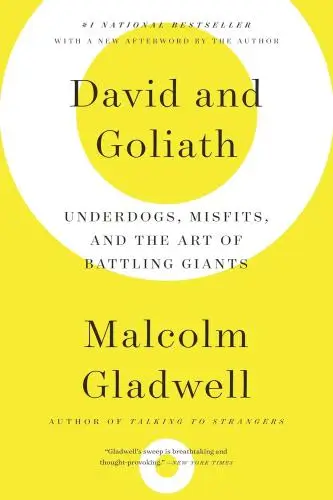David and Goliath
Underdogs, Misfits, and the Art of Battling Giants
What's it about?
David and Goliath by Malcolm Gladwell turns the underdog narrative on its head, exploring why the weak often overcome the mighty. Gladwell delves into history, psychology, and science to demonstrate how disadvantages can lead to innovation and resilience. From classroom settings to civil rights movements, he uncovers the hidden strengths within apparent weaknesses. This book will challenge your perceptions of power and inspire you to rethink the battles you face.
About the Author
Malcolm Gladwell is a best-selling author known for his thought-provoking books such as "Outliers" and "The Tipping Point." With his engaging writing style and unique perspectives, Gladwell explores social psychology, human behavior, and the impact of small changes in various aspects of life. He delves into intriguing topics, challenging conventional wisdom and offering fresh insights that captivate readers and spark meaningful conversations.
10 Key Ideas of David and Goliath
Embrace the Power of Underdogs
Underdogs can turn their perceived weaknesses into strengths by adopting unconventional strategies.
Their lack of resources or traditional advantages forces them to be more creative and resilient, often leading to innovative approaches that catch their more powerful opponents off guard.
This concept argues that being underestimated can serve as a catalyst for greater effort and determination, ultimately leading to unexpected victories.
Learn DeeperIdentify Your Unique Strengths: Take time to reflect on what makes you different, even if it seems like a disadvantage at first. This could be your background, your approach to problem-solving, or a specific skill set that isn't common in your field.
Think Outside the Box: Challenge conventional wisdom and be open to trying new approaches. If traditional methods haven't worked for you or seem out of reach, consider how you can achieve your goals differently.
Leverage Agility Over Size: Smaller entities can often move faster than their larger counterparts. Use this to your advantage by being more adaptable and responsive to changes or opportunities.
Build Resilience: Embrace challenges and setbacks as opportunities to learn and grow stronger. Resilience is a key trait of successful underdogs, allowing them to persevere where others might give up.
Seek Unconventional Alliances: Look for partners, mentors, or collaborators who bring a different perspective or set of resources to the table. These alliances can amplify your unique strengths and help you navigate around obstacles.
- Example
In the business world, a small startup might not have the financial resources of its large competitors. Instead of trying to outspend them on marketing, the startup focuses on creating a highly innovative product and uses social media to build a grassroots marketing campaign, leveraging its agility and creativity to gain market share.
- Example
In sports, a basketball team that lacks height and cannot compete with the physicality of its opponents decides to focus on speed and accuracy, developing a fast-paced style of play that relies on three-pointers and quick transitions. This strategy turns their perceived weakness into a strategic advantage, allowing them to outmaneuver and outscore teams that rely on traditional, slower-paced play.
The Principle of Desirable Difficulty
Challenges and obstacles can actually enhance learning and performance.
When individuals face difficulties that require them to struggle and adapt, they develop unique skills and a deeper understanding of their tasks.
This principle suggests that what at first appears as a disadvantage can, with the right mindset and approach, become a source of personal strength and achievement.
Learn DeeperEmbrace Challenges: Instead of avoiding difficult tasks or situations, actively seek them out. View these challenges as opportunities to grow and learn. When faced with a problem, instead of getting discouraged, ask yourself, 'What can I learn from this?'
Adopt a Growth Mindset: Believe in your ability to improve and learn from experiences. When you encounter obstacles, remind yourself that your skills and intelligence can develop with effort and persistence. This mindset will encourage you to face difficulties with a positive attitude.
Reflect on Past Difficulties: Take time to reflect on past challenges you've overcome. Identify the skills and knowledge you gained from those experiences. This reflection can boost your confidence and help you recognize the value of desirable difficulties.
Set Stretch Goals: Create goals that push you slightly beyond your current capabilities. These should be achievable but challenging enough to require effort and learning. This practice will ensure you're continuously facing desirable difficulties that promote growth.
Seek Feedback: Don't shy away from constructive criticism. Feedback from others can provide valuable insights into how you can improve and overcome obstacles more effectively. Actively seek feedback from peers, mentors, or supervisors.
- Example
A software developer decides to learn a new programming language that's known to be challenging. Instead of getting frustrated with the steep learning curve, they view each error message as a clue for improvement, gradually building proficiency and discovering innovative coding techniques.
- Example
A sales professional who struggles with public speaking volunteers to lead a presentation at a major conference. They use this opportunity to practice and refine their speaking skills, eventually becoming more confident and effective in communicating with clients and colleagues.
The Limitations of Power
There is a point where having too much power, resources, or even information can become counterproductive, leading to diminishing returns.
This concept highlights the idea that excessive strength can make entities rigid, less adaptable, and more prone to overlooking critical details.
It encourages a reassessment of how power is perceived and utilized, advocating for a more balanced approach.
Learn DeeperReevaluate Your Resources: Periodically assess the resources at your disposal, whether they are financial, informational, or human. Consider if there's an excess that's causing inefficiency or decision paralysis. Streamlining resources can lead to more agile and effective decision-making.
Encourage Flexibility in Decision-Making: Foster an environment, whether at work or in personal projects, where adaptability is valued over rigid adherence to plans. This can involve setting aside time for regular review of strategies and being open to course corrections based on new information or feedback.
Cultivate a Culture of Listening: Make a conscious effort to listen to voices from all levels within an organization or group. Those closer to specific issues often have insights that can prevent oversight and add valuable perspectives, which might be missed in a top-heavy power structure.
Implement a Devil’s Advocate in Planning Sessions: Regularly include a role specifically designed to challenge assumptions and propose alternative viewpoints during planning. This can help in identifying potential blind spots and ensuring that decisions are well-rounded and consider different perspectives.
- Example
A tech startup initially benefits from its small size, allowing it to innovate rapidly and outmaneuver larger, more established competitors. However, as it grows, the increase in layers of management and bureaucracy slows down its decision-making process, making it less responsive to market changes. By recognizing this, the company decides to restructure, creating smaller, autonomous teams with the authority to make decisions quickly, thus recapturing its initial agility.
- Example
A university department has an abundance of research funds, leading to a proliferation of projects with overlapping themes. This not only dilutes the impact of their work but also creates competition for resources among researchers. By conducting a strategic review of their projects, the department decides to focus on fewer, more impactful projects, encouraging collaboration between researchers and maximizing the use of their funds.
The Strategy of Hitting Them Where They Ain't
Success can often be achieved by avoiding direct confrontation with stronger opponents and instead focusing on exploiting their weaknesses or blind spots.
This tactic involves identifying areas that are undervalued or overlooked by others and concentrating efforts there.
It's about finding alternative paths to success that don't involve head-on competition.
Learn DeeperIdentify Your Unique Strengths: Take time to reflect on what you do best, especially those skills or talents that are unique to you. This could be anything from creative thinking, empathy, a knack for numbers, or even an unusual hobby. Understanding your strengths allows you to leverage them in situations where others might not see an opportunity.
Research Your Opponent or Challenge: Before engaging in any form of competition or challenge, do your homework. Understand the strengths and weaknesses of your opponents or the nuances of the challenge you're facing. Look for patterns or areas that have been overlooked by others.
Find the Path Less Traveled: Once you've identified potential weaknesses or blind spots in your opponent or challenge, brainstorm ways to use your unique strengths to tackle these areas. This might mean adopting unconventional strategies or entering markets that are undervalued.
Experiment and Adapt: Don't be afraid to try new approaches. The key to exploiting 'where they ain't' is being flexible and willing to pivot based on what's working and what's not. Keep experimenting with different strategies until you find one that gives you an edge.
Build a Support Network: Surround yourself with people who complement your strengths and can offer insights into areas you're less familiar with. A diverse support network can provide different perspectives that might help you identify overlooked opportunities.
- Example
In the business world, instead of launching another coffee shop in a saturated market, an entrepreneur identifies a lack of community spaces for remote workers. They open a co-working space that also serves coffee, tapping into an underserved market by leveraging their understanding of the remote work trend.
- Example
In sports, a basketball team might be facing a much stronger opponent known for their offensive play. Instead of trying to outscore them directly, the coach focuses on strengthening the team's defense and developing fast-break tactics, exploiting the opponent's potential neglect of defensive training.
The Importance of Legitimacy in Authority
For authority to be effective, it must be perceived as legitimate by those it governs.
This means that rules should be predictable, fair, and consistently applied.
When people feel that authority is just, they are more likely to comply voluntarily, reducing the need for coercion and allowing for more harmonious social relations.
This concept underscores the importance of fairness and transparency in maintaining order and encouraging cooperation.
Learn DeeperReflect on Your Own Authority: Whether you're a parent, team leader, or in any position of authority, take time to assess how you apply rules and make decisions. Are you being fair and consistent? Make adjustments where necessary to ensure your authority is perceived as legitimate.
Foster Open Communication: Encourage those under your authority to voice their opinions and concerns. This not only helps in identifying areas where fairness might be lacking but also strengthens the legitimacy of your authority by showing that you value transparency and input from others.
Educate Yourself on Fair Practices: Stay informed about what constitutes fair and just practices within your sphere of influence. This could involve reading up on ethical leadership, attending workshops, or even seeking feedback from peers on your decision-making processes.
Implement a Feedback Loop: Create mechanisms for receiving feedback on your decisions and the rules you enforce. This could be through regular meetings, anonymous suggestion boxes, or surveys. Use this feedback to make necessary adjustments, thereby enhancing the perception of your authority's legitimacy.
- Example
A school principal notices a decline in student compliance with school rules. Upon reflection, she realizes that some policies have been applied inconsistently and decides to revise the school's discipline guidelines. She then holds a meeting with students and teachers to communicate these changes and explain the rationale behind them, ensuring that the rules are fair and transparent.
- Example
A team leader in a corporate setting recognizes that his team feels demotivated and perceives his leadership as unfair. He decides to implement weekly check-in meetings where team members can discuss any concerns and provide feedback on his decisions. This open line of communication helps him adjust his leadership approach, making it more inclusive and fair, which in turn boosts team morale and productivity.
Deeper knowledge. Personal growth. Unlocked.
Unlock this book's key ideas and 15M+ more. Learn with quick, impactful summaries.
Read Full SummarySign up and read for free!
David and Goliath Summary: Common Questions
Experience Personalized Book Summaries, Today!
Discover a new way to gain knowledge, and save time.
Sign up for our 7-day trial now.
No Credit Card Needed

Similar Books

The Piano Teacher
Elfriede Jelinek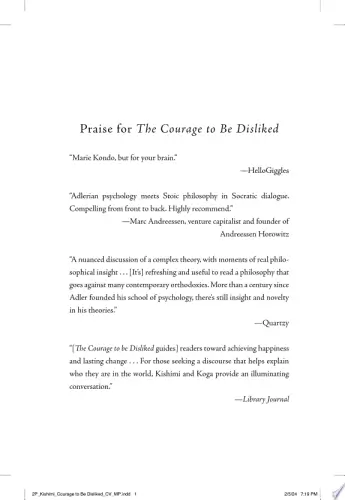
The Courage To Be Disliked
Ichiro Kishimi
We Were Liars
E. Lockhart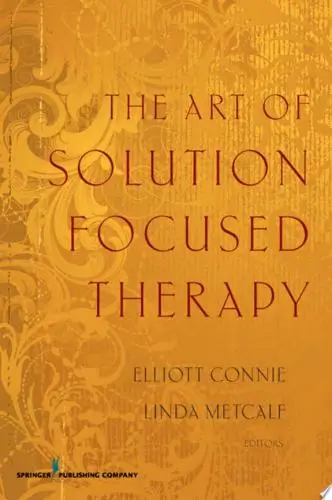
The Art of Solution Focused Therapy
Elliott Connie, MA, LPC
The Science of Storytelling
Will Storr
No Longer Human
太宰治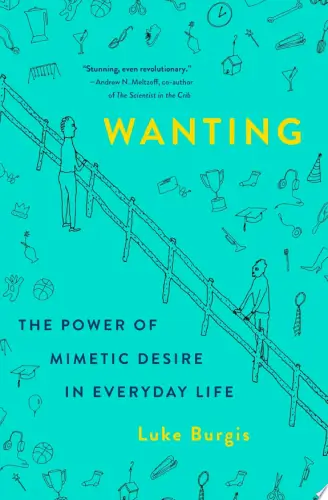
Wanting
Luke Burgis
Mrs Dalloway
Virginia Woolf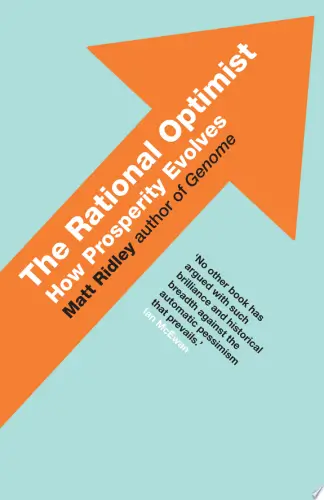
The Rational Optimist
Matt Ridley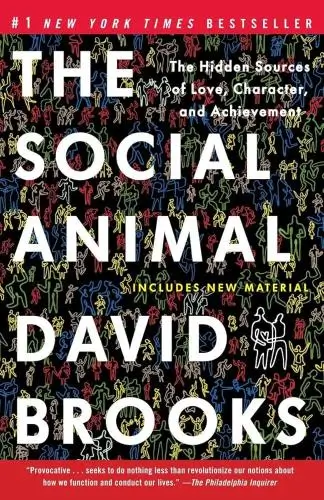
The Social Animal
David BrooksTrending Summaries

Peak
Anders Ericsson
Never Split the Difference
Chris Voss
Smart Brevity
Jim VandeHei
The Psychology of Money
Morgan Housel
The First 90 Days
Michael D. Watkins
Atomic Habits
James Clear
Thinking, Fast and Slow
Daniel Kahneman
The Body Keeps the Score
Bessel van der Kolk M.D.
The Power of Regret
Daniel H. Pink
The Compound Effect
Darren HardyNew Books
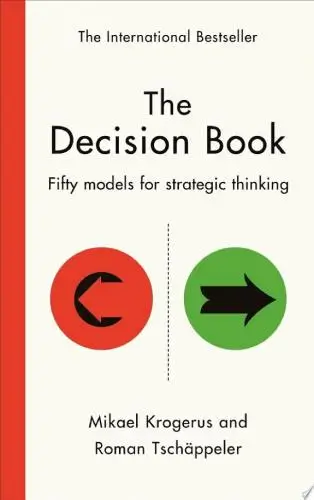
The Decision Book
Mikael Krogerus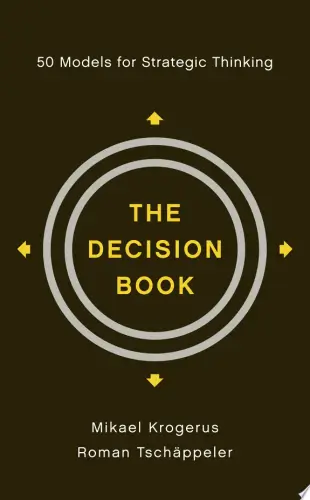
The Decision Book: 50 Models for Strategic Thinking
Mikael Krogerus
Fichte
Johann Gottlieb Fichte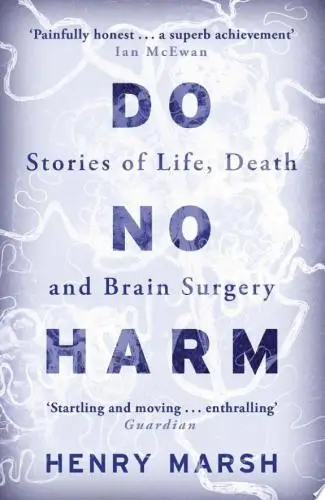
Do No Harm
Henry Marsh
This is Going to Hurt
Adam Kay
This Is Your Brain on Joy
Earl Henslin
Learning Habits
Sarah Nicholl
TOP KNIFE: The Art & Craft of Trauma Surgery
Asher Hirshberg,
English Spirituality
Gordon Mursell
